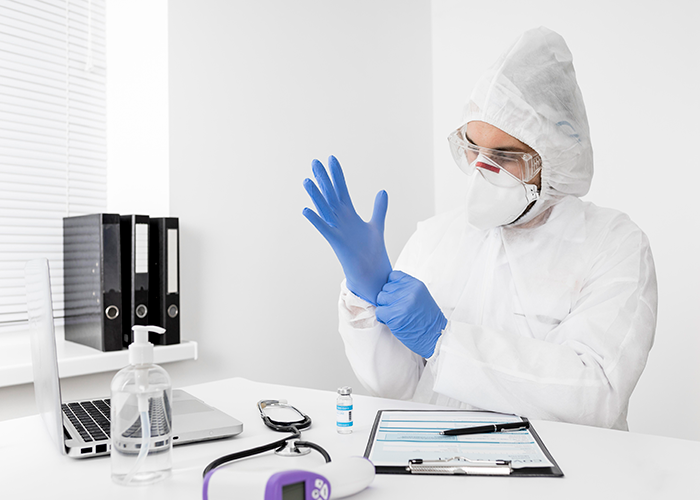Ensuring a Hygienic Healthcare Environment
Infection control and hygiene standards play a pivotal role in protecting patient and staff safety within medical settings. With the ever-present threat of healthcare-associated infections (HAIs), proper sanitation protocols must remain a top priority. Let’s explore why diligent cleaning, disinfection, and hand hygiene are so crucial, as well as tips for selecting effective hygiene products.
Why Infection Control Matters
Each year, HAIs affect hundreds of thousands of patients and lead to extended hospital stays, disabilities, and even death in the most severe cases. In addition to human costs, HAIs place a significant economic burden – it’s estimated the direct medical costs annually exceed $28 billion in the U.S. alone. By establishing rigorous cleaning and disinfection procedures tailored to your organization, up to 30% of HAIs may be preventable. It’s therefore vital that facilities uphold the strictest infection control and training standards to curb risks.
Targeted Disinfection is Key
While cleaning removes dirt and impurities, disinfection through the use of an EPA-registered disinfectant is required to kill germs. You must match the appropriate disinfectant to the intended surface or device based on its formulation and kill claims against specified pathogens. For example, alcohol-based products effectively sanitize small equipment but may damage others over time. Closely following manufacturers’ instructions ensures adequate contact time to deactivate microbes. Disinfect frequently touched areas and between patient interactions.
Inspect Products for Proper Claims
When selecting hygiene supplies, make sure the chosen EPA label on a product aligns with its intended use location. For example, products listed for healthcare settings should be used on surfaces in common areas and patient rooms rather than general household cleaners. Review active ingredients to ensure adequate broad-spectrum efficacy against common healthcare pathogens like MRSA, VRE, C. difficile, and norovirus. Consider ease of use as well for fostering full compliance.
Hand Hygiene is Priority Number One
While environmental cleaning is vital, handwashing and sanitizing remain the most important lines of defense. Make alcohol-based hand rubs widely available or install additional sinks, particularly by entryways. Post visible reminders and audit staff compliance through unannounced observations. Highlight “five moments for hand hygiene” to reinforce cleansing before and after contact with patients or surfaces in their immediate care area. Proper hand hygiene can significantly lower infectious disease transmission.
Build a Culture of Accountability
Finally, establishing an organizational culture where personnel at all levels prioritize hygiene and adhere strictly to protocols is crucial. Appoint trained infection prevention specialists or hygiene champions in each unit. Monitor ongoing compliance and retrain as needed. Consider incentive programs that recognize excellence. Accountability across staff, patients, and visitors improves safety for everyone in the healthcare ecosystem.
By empowering your facility with evidence-based hygiene products, protocols, and education, you instill confidence in the quality of care provided daily. Please reach out if you need guidance selecting the right supplies to fortify infection control best practices at your location.


